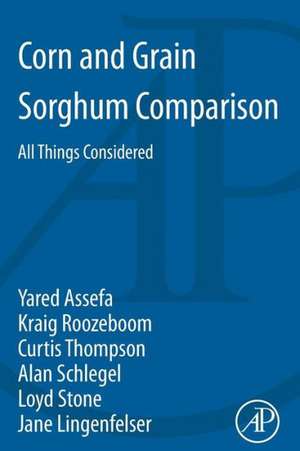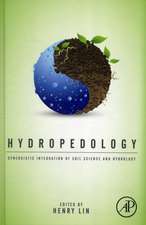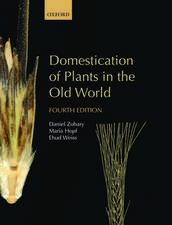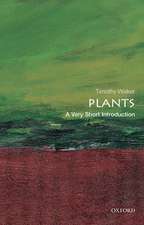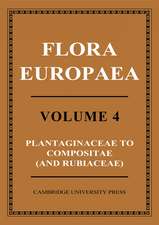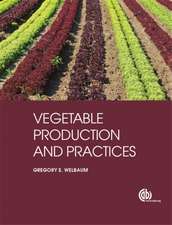Corn and Grain Sorghum Comparison: All Things Considered
Autor Yared Assefa, Kraig L. Roozeboom, Curtis Thompson, Alan Schlegel, Loyd Stone, Jane Lingenfelseren Limba Engleză Paperback – 5 ian 2014
Producers, researchers and extension agents in search of reliable scientific information will find this in-depth comparison of crops with potential fit in dryland and irrigations cropping systems particularly valuable.
- Presents a wide range of points of comparison
- Offers important insights for crop decision making
Preț: 302.30 lei
Nou
Puncte Express: 453
Preț estimativ în valută:
57.85€ • 60.03$ • 48.35£
57.85€ • 60.03$ • 48.35£
Carte tipărită la comandă
Livrare economică 15-29 martie
Preluare comenzi: 021 569.72.76
Specificații
ISBN-13: 9780128001127
ISBN-10: 0128001127
Pagini: 128
Ilustrații: black & white illustrations
Dimensiuni: 152 x 229 x 7 mm
Greutate: 0.18 kg
Editura: ELSEVIER SCIENCE
ISBN-10: 0128001127
Pagini: 128
Ilustrații: black & white illustrations
Dimensiuni: 152 x 229 x 7 mm
Greutate: 0.18 kg
Editura: ELSEVIER SCIENCE
Cuprins
1.
Introduction
2.
Corn
and
Grain
Sorghum
Morphology,
Physiology,
and
Phenology
3.
Corn
and
Grain
Sorghum
Historical
Yield,
Area
and
Price
Trends
4.
Yield
Distribution
and
Functions
for
Corn
and
Grain
Sorghum
5.
Resource
(Land,
Water,
Nutrient
and
Pesticide)
Use
and
Efficiency
of
Corn
and
Sorghum
6.
Rotation
Effects
of
Corn
and
Sorghum
in
Cropping
Systems
7.
General
Summary
Recenzii
"Agronomists…compare
the
two
grass
grain
crops
across
a
number
of
characteristics,
among
them
key
morphological,
physiological,
and
developmental
characteristics;
historical
trends
for
yield,
harvested
area,
and
price;
yield
distribution
and
major
factors
responsible
for
yield
variability;
and
land,
water,
nutrient,
and
pesticide
use
and
use
efficiencies."--ProtoView.com,
April
2014
